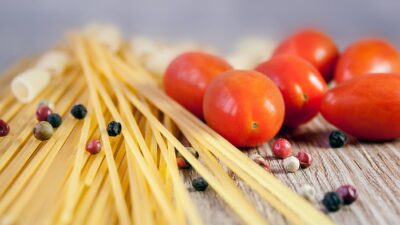Baking is often described as a science, and for good reason. The perfect cake requires a delicate balance of ingredients, precise measurements, and appropriate techniques. If you’ve ever pulled a flat, dense cake from the oven, you know that baking can be unforgiving. But fear not! Understanding the science behind your cake can reveal why it didn’t rise and how to ensure that your next creation reaches new heights.
The Role of Ingredients
1. Flour
Flour provides the structure of your cake. Different types of flour have varying protein contents, which contribute to gluten formation. High-protein flours, such as bread flour, can lead to denser textures, while cake flour, with its lower protein content, produces a lighter, fluffier cake. If your cake lacks rise, consider switching to cake flour or using the right blend of all-purpose flour.
2. Leavening Agents
Baking Powder and Baking Soda are the stars when it comes to giving your cake that much-desired lift. Baking powder contains both an acid and a base, which react when wet and heated, producing carbon dioxide bubbles that raise the cake. Baking soda, on the other hand, requires an acid (like yogurt or vinegar) to activate.
Fix: Ensure your leavening agents are fresh. Old baking powder or soda may not create enough gas to lift your cake. Always check expiration dates before use.
3. Sugar
Sugar doesn’t just sweeten your cake; it also aids in aeration. When creamed with butter, sugar creates tiny pockets of air, which expand during baking, helping the cake rise. Too little sugar can result in a denser texture.
4. Eggs
Eggs provide moisture, richness, and act as a binding agent. They help to stabilize the structure through the coagulation of proteins. The amount of egg can also affect the rise – too few may lead to a lack of structure, while too many can weigh down your cake.
The Importance of Technique
1. Mixing Methods
The way you mix your ingredients can drastically impact the cake’s texture.
- Creaming: This technique involves beating butter and sugar together to incorporate air. It’s essential for achieving a light batter.
- Overmixing: While you want to adequately mix to ensure even distribution of ingredients, overmixing can lead to development of too much gluten, resulting in a dense cake.
Fix: Cream your butter and sugar until light and fluffy, and be mindful of your mixing time once the dry ingredients are added.
2. Oven Temperature
An oven that’s too hot can cause the cake to rise rapidly and then collapse, while an oven that’s too cool may not provide enough heat for the batter to rise properly.
Fix: Invest in an oven thermometer to ensure your oven is calibrated correctly. Preheating is also crucial – putting your cake in a cold oven can lead to poor rise.
Baking Environment
1. Humidity and Altitude
Environmental factors can significantly affect baking. High humidity can lead to moisture absorption in your ingredients, impacting the texture of your cake. Similarly, if you live at a high altitude, the lower atmospheric pressure can make it difficult for cakes to rise properly, as gases expand more freely.
Fix: At higher altitudes, reduce sugar and adjust baking temperature. Use less leavening agent and add extra liquid to compensate for moisture loss.
Troubleshooting Tips
- Flat Cakes: Check your leavening agents and oven temperature. Ensure you are not overmixing.
- Crumbly Texture: This could be due to too much flour or too little fat. Adjust the ratio of your ingredients.
- Domed Tops: While a slight dome is normal, if it’s excessive, consider checking the mixing method or oven temperature.
Conclusion
Baking is both an art and a science, and understanding the fundamentals can dramatically improve your cake-making success. By paying attention to your ingredients, technique, and environment, you can troubleshoot common problems and ensure your cakes rise to perfection. So roll up your sleeves, whip up a batter, and embrace the delightful science of baking! Happy baking!



